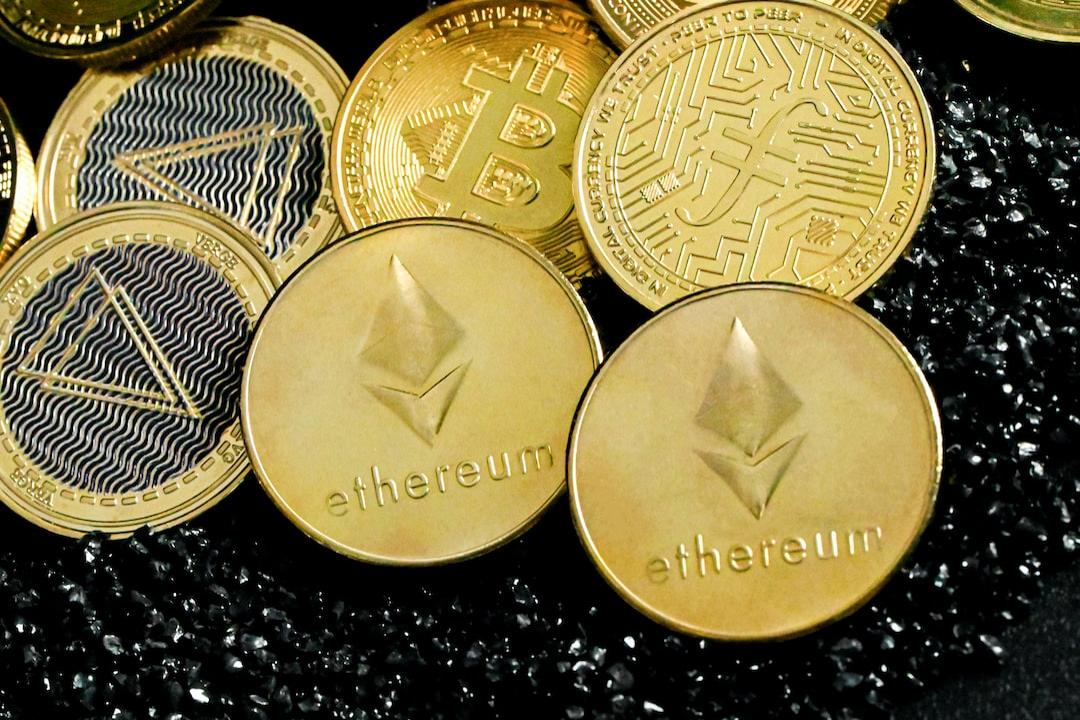Why is SOL so strong and technologically ahead? Is there an ecological outbreak? Capital self-rescue? The following analysis will discuss when SOL is expected to rise.
(Previous briefing:
Coin Market Morning News: SOL “Breakthrough $126” hits a 20-month high! Bitcoin stuck at 44,000
)
(Supplementary background:
BitMEX Founder “Liquidates SOL to buy ETH”: God wants me to embrace Vitalik, Ethereum is expected to reach $5,000
)
Table of Contents:
Why is belief a result of a fall, while consensus is a result of a rise?
Why is asset creation crucial?
Why is a large amount of locked-up chips in the chip structure also necessary?
Why is SOL so strong and technologically ahead? Is there an ecological outbreak? Capital self-rescue? These perspectives have been heard too many times recently. I will provide a different viewpoint that may subvert your knowledge. The article will also discuss when SOL is expected to rise, which is something you, as a holder, need to be concerned about.
There are three main points to be discussed one by one:
Belief results from a fall, while consensus results from a rise.
Asset creation is crucial, as seen in the leading MEME token BONK and the new narrative of Depin.
Having a large amount of locked-up chips in the chip structure, FTX bankruptcy cannot be resolved in the short term and there is no dumping.
Comparing the bull and bear markets that ETH has experienced, you can understand its performance in the last bull market. ETH performed exceptionally well, rising nearly 60 times from its lowest point in 2018. However, comparing it to the high point in 2017, ETH dropped from 1440 to 81.79, a staggering 94% decrease. On the other hand, SOL dropped from 259.9 to 8, a 97% decrease.
During a strong impact on market confidence, massive selling is triggered, which is equivalent to resetting everyone’s accounts and starting over. This has happened not only to ETH and SOL, but also to BTC, which has experienced more than 90% drops several times, clearing all floating chips and stabilizing holders. As the price rises, the money-making effect created by continuous asset creation attracts external buyers, and this is when everyone starts to pay attention to the changes brought by the fundamentals.
There are two types of people who drive price increases: those who already hold and continuously increase their positions, and potential buyers who buy at support levels or during upward trends. When everyone who wants to buy has bought and holds for the long term, a sideways trend occurs until the next key event.
Both ETH’s bull markets experienced asset expansion, such as the ICO and DeFi craze, which locked up a majority of the floating chips. SOL also followed a similar path, with BONK completing the journey of a thousand cups, and the introduction of the Depin concept to expand and acquire new users and create new assets. The ability to win in the public chain has never been about how technologically advanced it is or how perfect the ecosystem is, but about the money-making effect and new narratives.
However, ETH’s gas fund flow efficiency is low, and with a large number of believers (most of whom have already made their purchases) and a stable chip structure due to the PoS mechanism, it needs to wait for the next key event, such as a significant decrease in gas fees or the introduction of new funds through ETF approval. With a large number of believers and sufficient potential buying power, there will be a significant surge in force after the trigger of a key event, so don’t rush to sing its downfall.
The market generally believes that a more evenly distributed chip structure is better, and a highly concentrated chip structure is a bad thing. In fact, the opposite is true. It should be noted that every individual participating in market trading, including you, has to engage in a game. The more evenly distributed the chip structure is, the more factors need to be considered, making it more difficult for the price to rise.
The factors that determine price increases are potential buyers, not the distribution of chips in the target that has already been purchased. There are two types of potential buyers: those who already hold and continuously increase their positions, and potential buyers who buy at support levels or during upward trends. With stable holders, this constitutes the upward trend of the price.
Using the example of ETH, in the previous bull market, there was also a large amount of locked-up chips. ETH 2.0 locked-up chips were not withdrawable until the upgrade was completed. Grayscale’s significant buying only allowed for inflows, not outflows. The large amount of locked-up chips in DeFi nearly locked up all floating chips, allowing ETH to achieve a 60-fold increase. Without the locking of these floating chips, there would be tremendous pressure on the price increase.
Speaking of SOL, FTX and Alameda Wallet collectively hold approximately 55.8 million SOL, accounting for 13% of the total circulation. This is similar to ETH’s experience. However, once the SOL in FTX and Alameda Wallets returns to circulation, it may no longer be as strong. This is similar to ETH’s experience after the Shanghai upgrade, where funds became withdrawable.
Related Reports:
Solana meme coin “Analos” violently rises by 2,900%! Trader turns 900 pounds into 3.47 million dollars
YouTuber with over 10 million subscribers criticizes Solana Saga as the “worst phone of the year”: outdated design, small battery… Airdrops can’t save it either
Solana surpasses “the fifth largest cryptocurrency”: the reasons for the rise and ecological projects you need to know
Tags:
ETH
FTX
SOL
Solana


